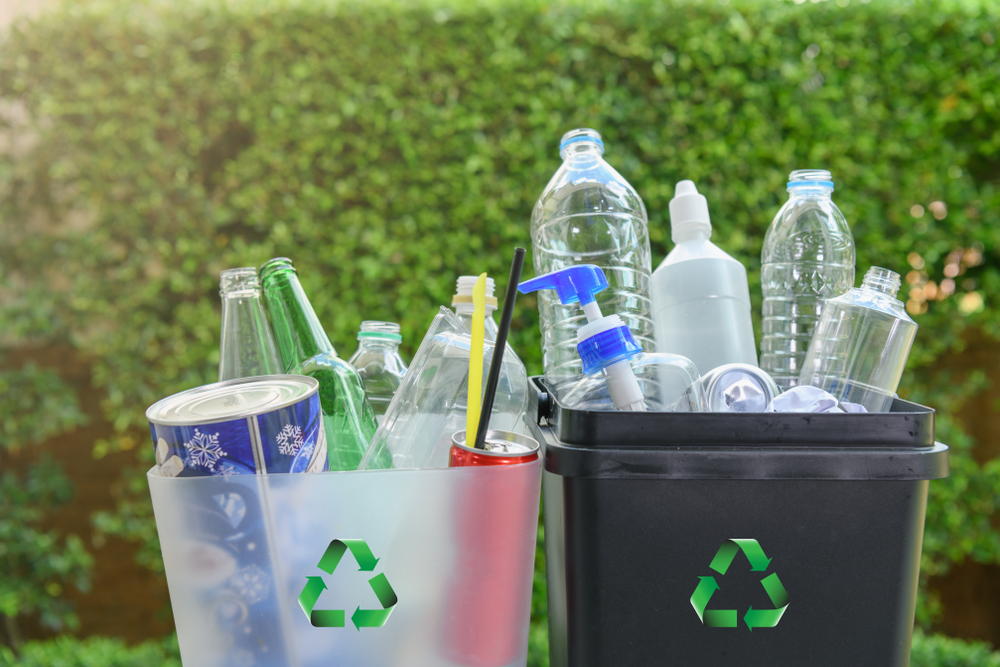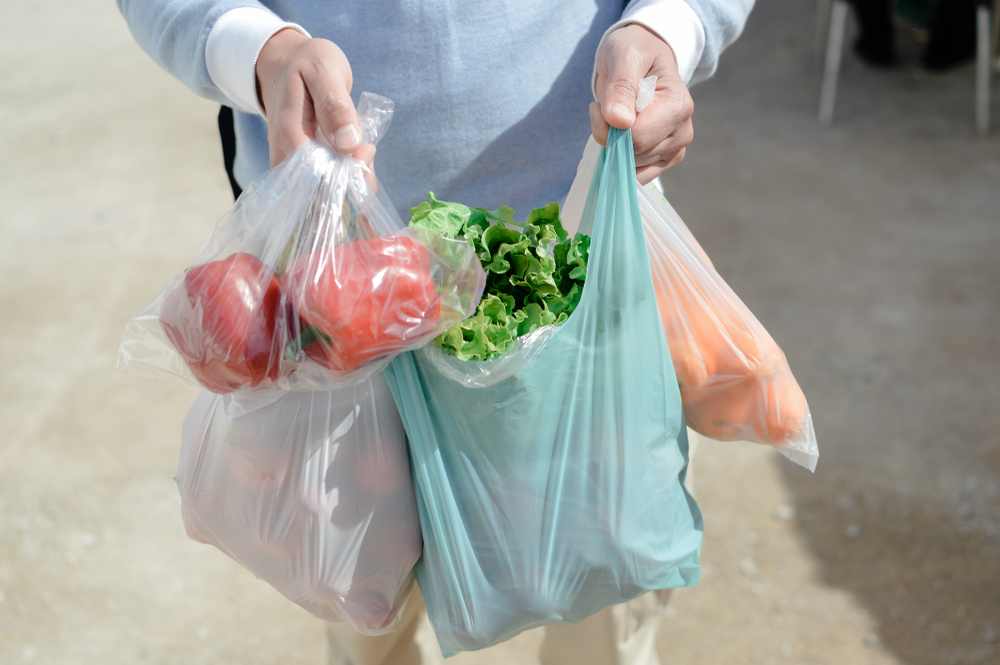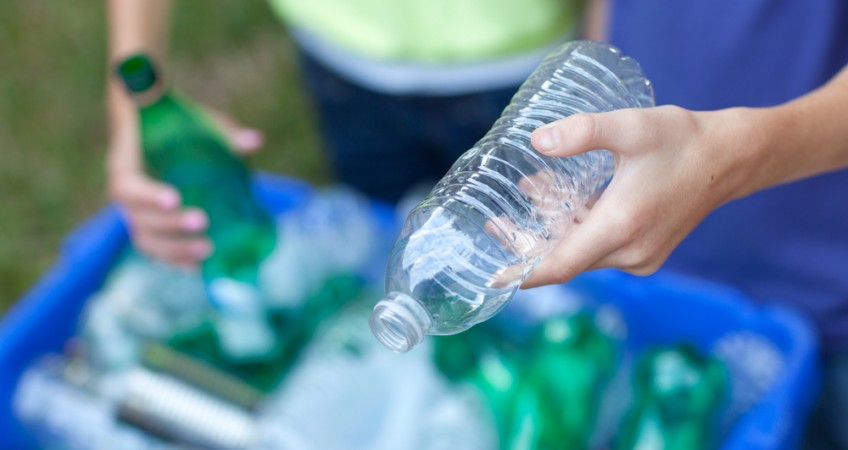With plastic pollution putting the world in danger, committing to a more eco-friendly lifestyle has never been more vital. Recycling plastic is one way you can play your part, but how can you be sure you’re doing it right?
Read our guide to learn how to dispose of plastic safely and responsibly.
Why do we need to recycle plastic?
Although cheap, lightweight and versatile, plastic has just as many downsides. When not recycled, it will often find its way into oceans or landfill and damage the environment with its harmful toxins. Countless marine and land-dwelling animals have fallen prey to malnutrition, intestinal blockages and poisoning due to accidental plastic consumption. And with experts stating that there may be more plastic than fish in the ocean by 2050, the future doesn’t look good for our wildlife.
But it’s not just animals that are being affected. The introduction of microplastics into the food chain, widespread plastic pollution, and the chemicals released when this material is produced and destroyed are equally harmful to humans and plants.
If we don’t act now, it might just be too late.
Recycling household plastics
So if things are really so bad, don’t we need to be doing more than just recycling plastic? The simple answer is yes, but it’s not a bad place to start, considering only 9% of plastic ever made has been recycled.

If you want to play your part, it’s helpful to know that the easiest types of household plastics to recycle are as follows:
- High-Density Polyethylene (HDPE)
- Low-Density Polyethylene (LDPE)
- Polypropylene (PP)
- Polyethylene Terephthalate (PET)
HDPE is used in milk cartons, yoghurt pots and soap dispensers, while LDPE is used in bin liners and carrier bags. PP is the chosen material for ready meal containers and margarine tubs, and PET features in drinks bottles and food punnets. With the exception of LDPE, you can recycle all of these forms of plastic at home.
Other plastics you may come across include polystyrene and composite plastics. Polystyrene is found in takeaway boxes and plastic cutlery and is very difficult to dispose of responsibly. Items made from composites, such as crisp packets, are near impossible to recycle and should be put out with general waste.
General tips for recycling plastic
- Clean your plastic – Before putting plastic out for collection, give it a rinse. Leaving food waste in packaging and containers may contaminate your recycling bin, meaning that none of its items will be fit for recycling. You should also take care to stop other recyclable materials, such as cardboard, from making contact with foods or liquids. If this happens, it may not be suitable for recycling, and the entire load could end up in landfill.
- Make the most of the space – Create more room for recycling by condensing your items. Squash plastic bottles and break down other bits of packaging to give others the space they need to recycle. You should also screw on plastic lids and push plastic straws into cartons to stop them from being rejected by sorting machines further down the line.

- Don’t just rely on your bin – As carrier bags are composed of LDPE, they are more difficult to recycle than other plastics. To get around this, take your old shopping bags to recycling points at your local supermarket or find other alternatives. Including them in your recycling bin can bring automated recycling processes to a halt and may render everyone’s hard work pointless.
- Check your local council’s requirements – Although the recycling process has come a long way, different areas of the country have different resources. If you’re unsure about what you can and can’t recycle, check with your local council. Instructions are also usually found on your recycling bin itself.
Cutting down everyday plastic use
Now that you’ve got a clear idea of how to recycle plastic, the next step is to reduce how much of this material you use. There are plenty of small changes you can make to quicken your journey towards plastic-free living. Here are some of our favourites:
- Invest in reusable food containers and water bottles
- Take your own bags with you when you go shopping
- Wear natural fabrics
- Use paper or metal straws
- Switch to soap and shampoo bars
- Get your milk delivered
- Purchase from zero-waste shops
- Find alternatives to plastic chewing gum
- Refuse plastic cutlery
- Buy reusable nappies and wipes for your baby
You can discover more eco-friendly tips by reading one of our latest blogs.
——————————————————————————————————–
We hope you enjoyed our guide to recycling plastic. For more advice on how to live more responsibly, check out our other blog posts. Alternatively, please explore our range of recycled plastic household products by clicking here.

